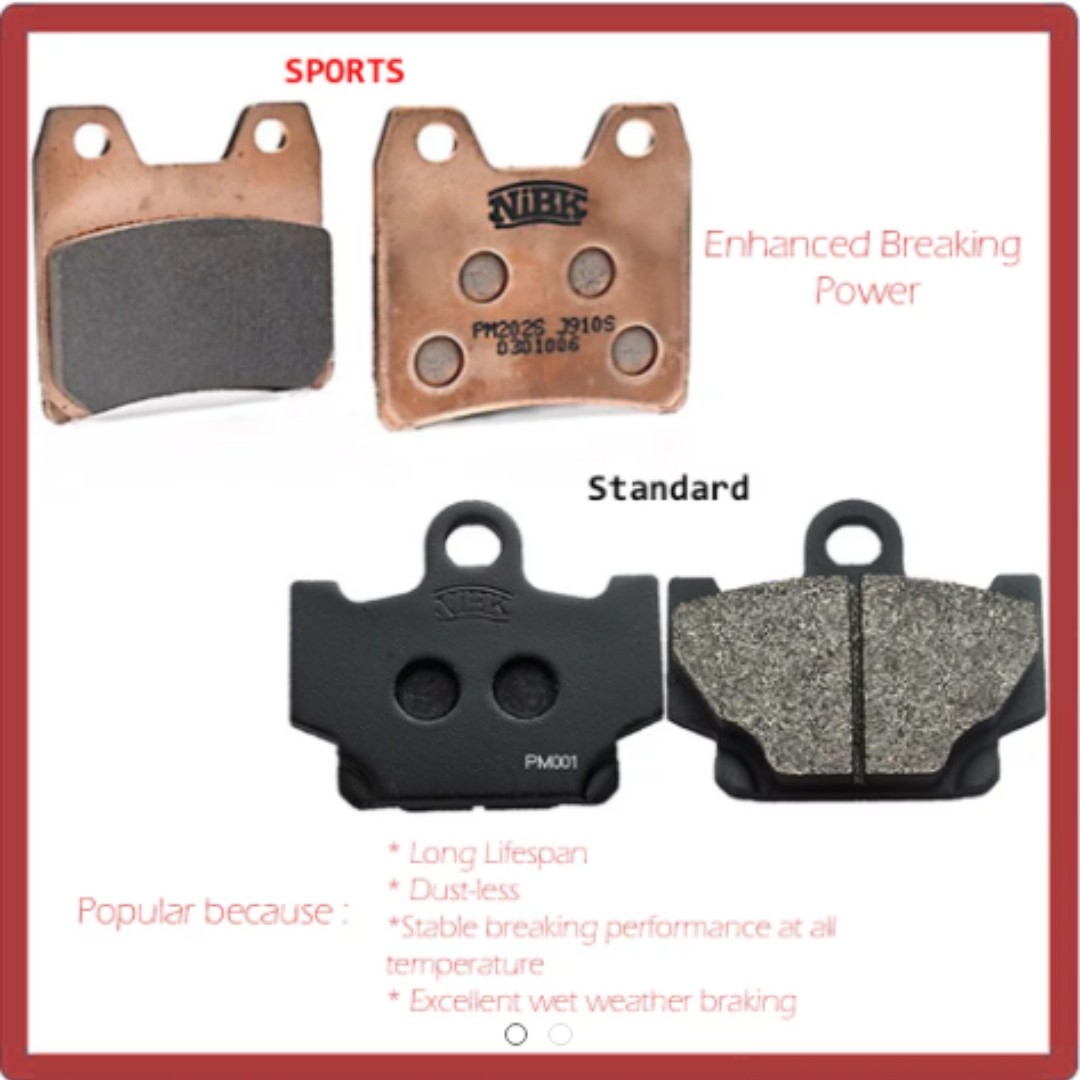Bike Brake Pads Lifespan
Also known as metallic brake pads these use a very high proportion of metallic fillers such as copper steel and iron.
Bike brake pads lifespan. Go a long way to prolonging. Most bicycle brake systems consist of three main components. Of the brake pads to accelerate the process while soft compound brake pads. Levers brake callipers hoses fluid and rotors weigh more than an equivalent rim brake setup.
They provide strong effective braking at high. The lifespan of a given set of brake pads is dependent on a very wide set of variables ranging from personal driving style to the impersonal laws of physics. Rim brakes disc brakes and drum brakes. If your bike only has brakes on the rear tire then you ll only need to check there.
A mechanism for transmitting that signal such as bowden cables hydraulic hoses rods or the bicycle chain. All bicycle brakes are designed to push a friction creating brake pad against a braking surface on the revolving wheel by way of a hand operated lever. Give the wheel a good turn so it continues spinning freely and locate the small rotor plate. A road bike wheel makes almost 500 rotations for every kilometre that is travelled.
If you brake conservatively and utilize both brake levers to slow down your brake pad life will be extended much further. Check both tires and find the rotor plate between each set of brakes. Mechanics and manufacturers have a loosely agreed upon mileage range from around 30 000 to 70 000 miles 48 280 to 112 654 kilometers but stories of pads lasting a mere 100 miles 160 9. A mechanism for the rider to apply the brakes such as brake levers or pedals.
Look in the space between the 2 brake pads on each tire for the rotor. Riders who tend to brake aggressively with only one lever may need new pads at around 1 000 miles depending on brand model. The two main types of mountain bike brake you need to choose between are disc brakes hydraulic or cable or traditional v brakes. Hydraulic disc brakes on the other hand use a fluid filled system so that when the braking lever is depressed a plunger pushes fluid into the caliper and the brake pads are pushed onto the rotor to slow or stop the bike.
As pressure is increased at the brake lever. I typically suggest inspecting pads at around 1 000 miles just to be on the safe side. A bicycle brake reduces the speed of a bicycle or prevents it from moving. The three main types are.
